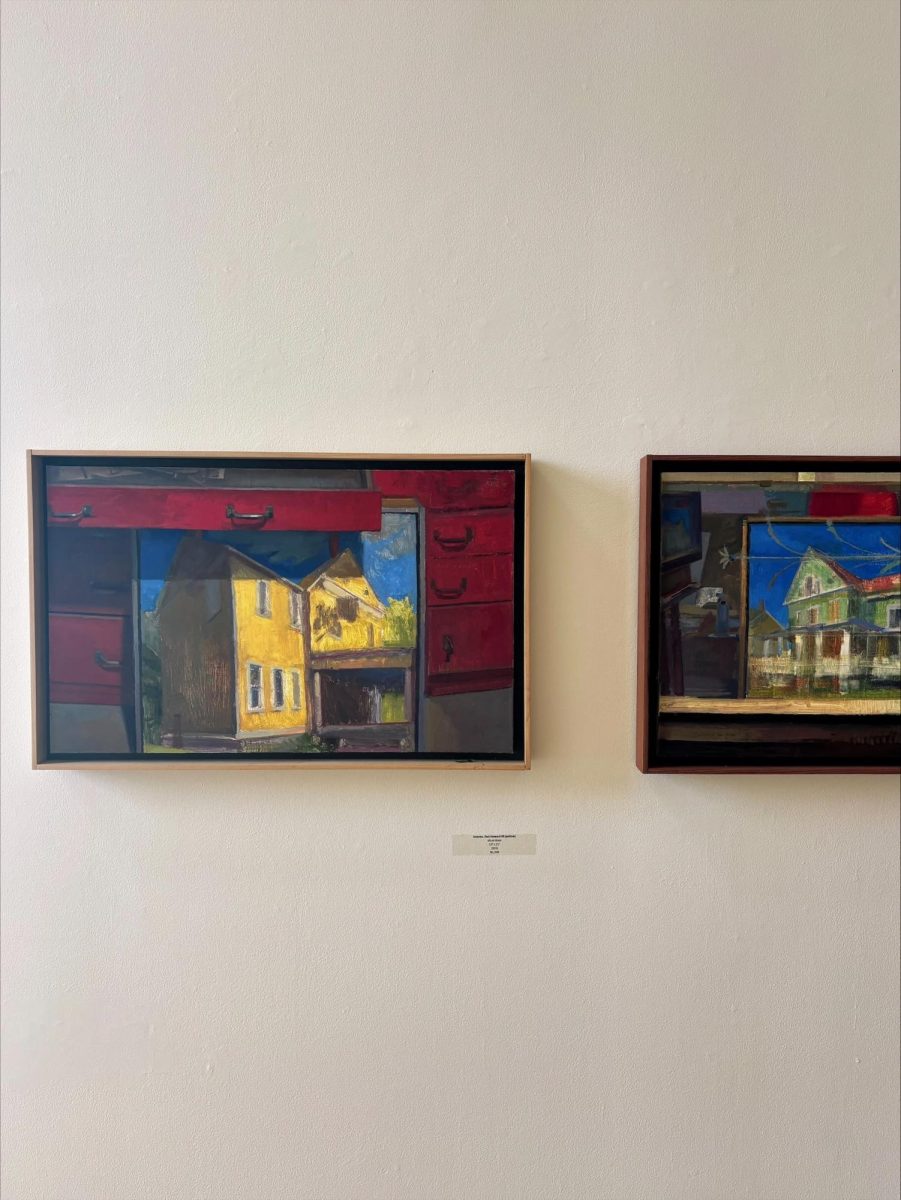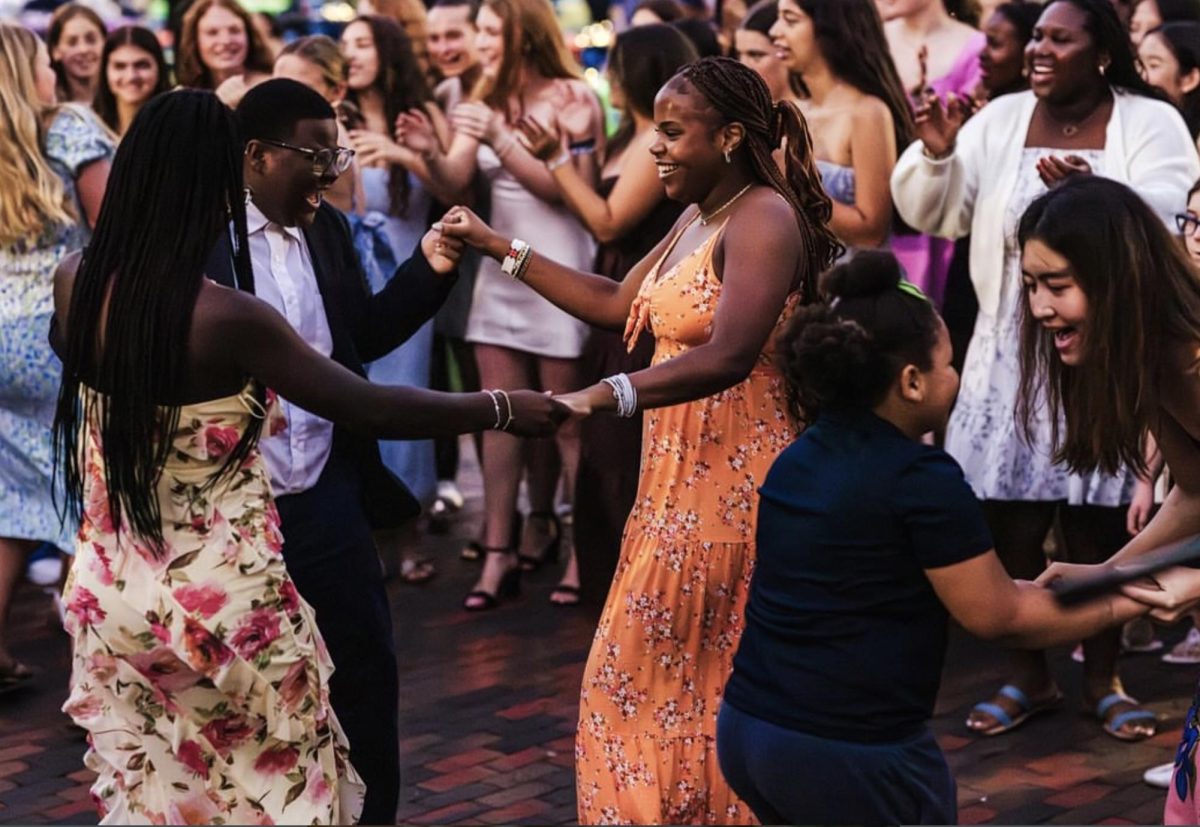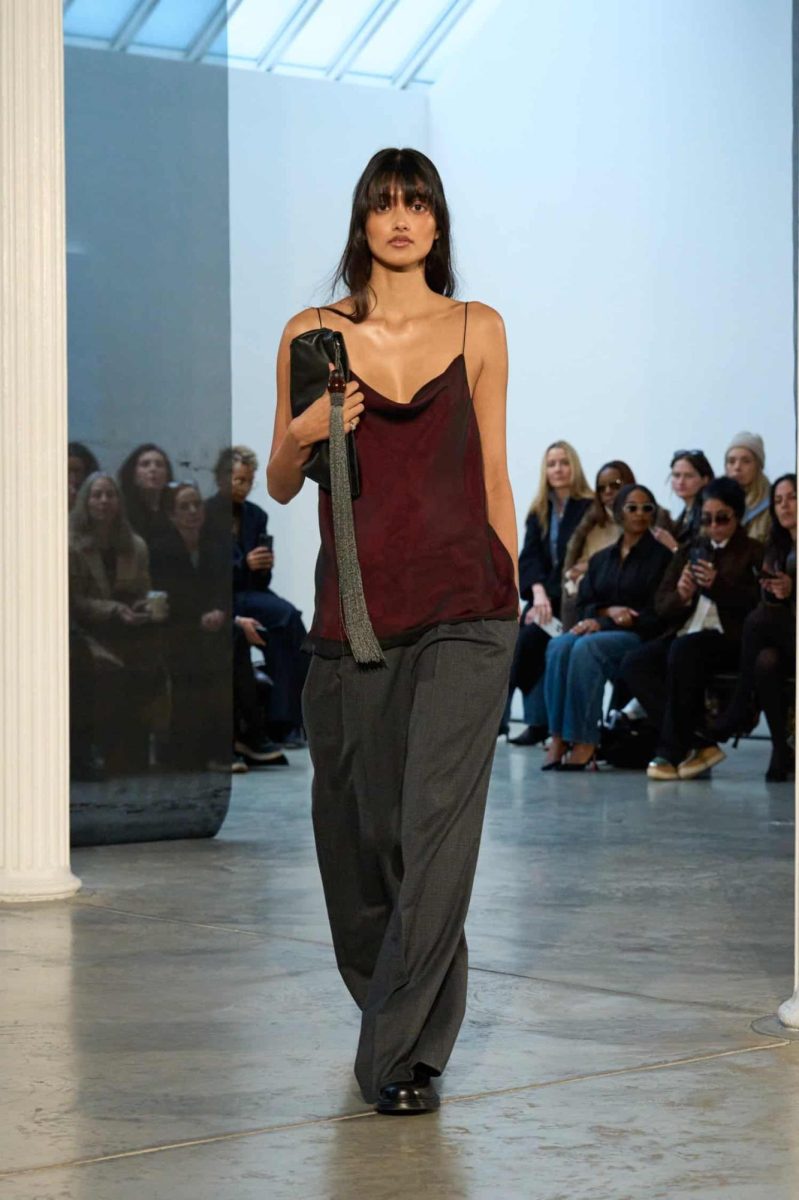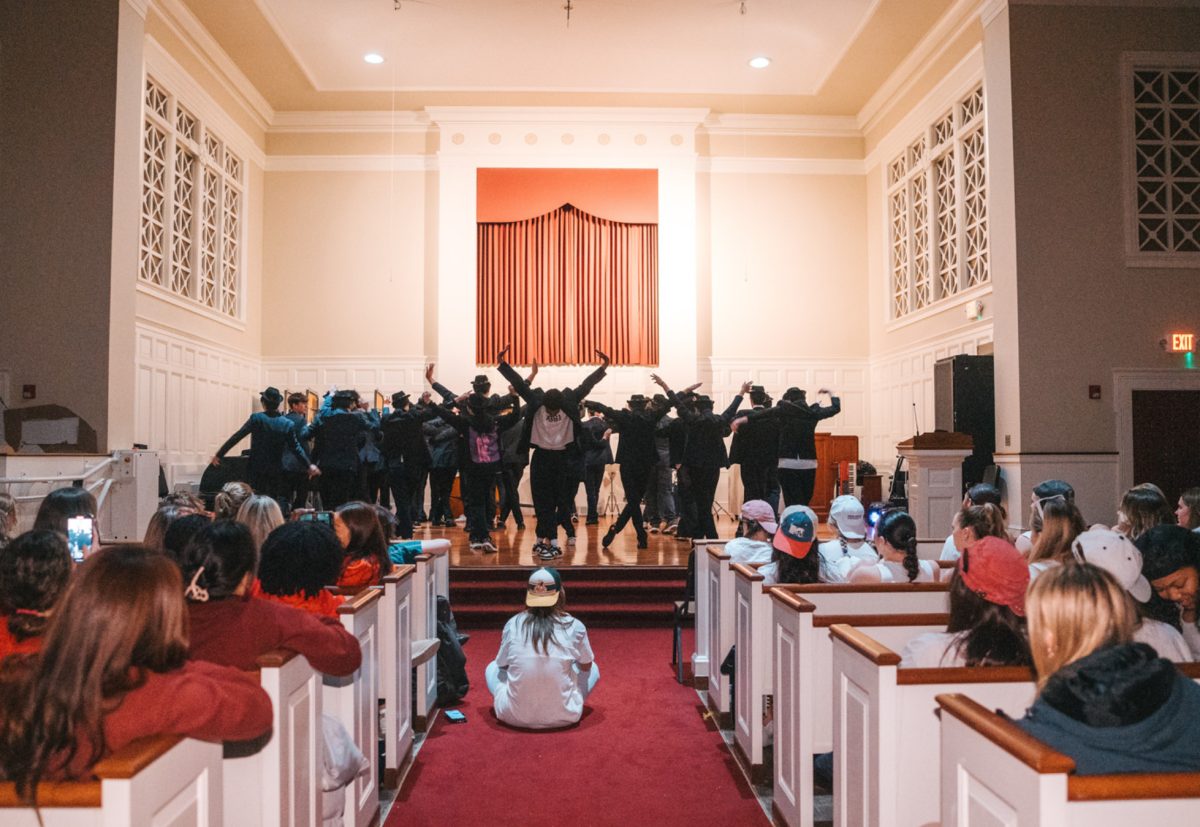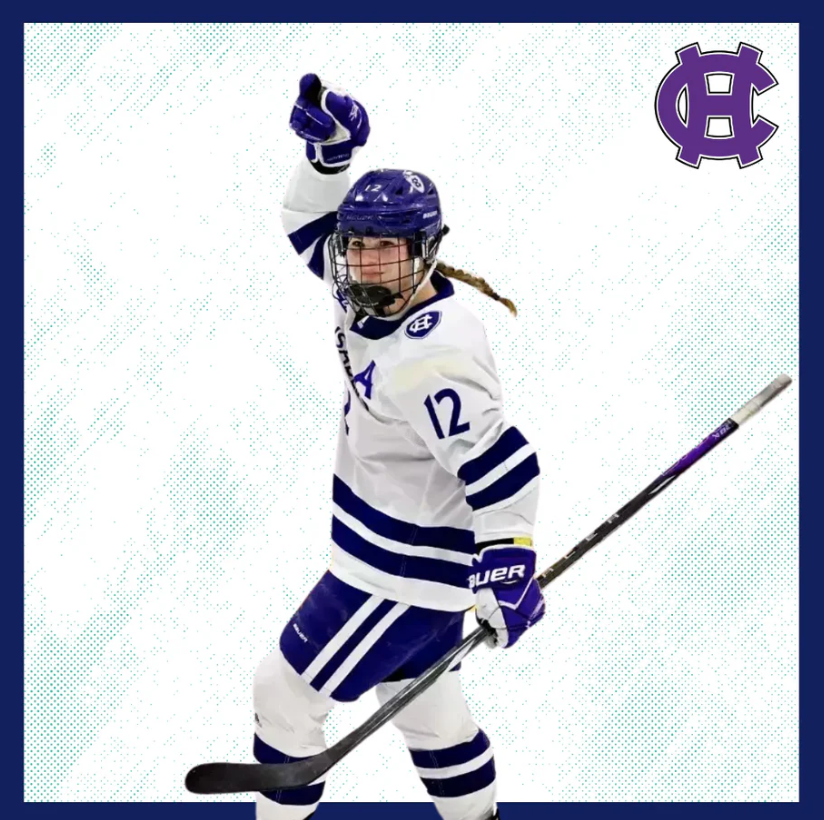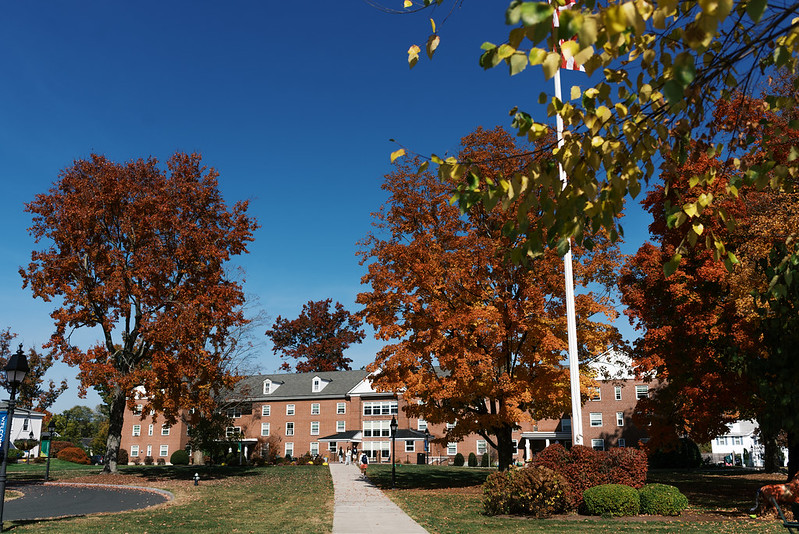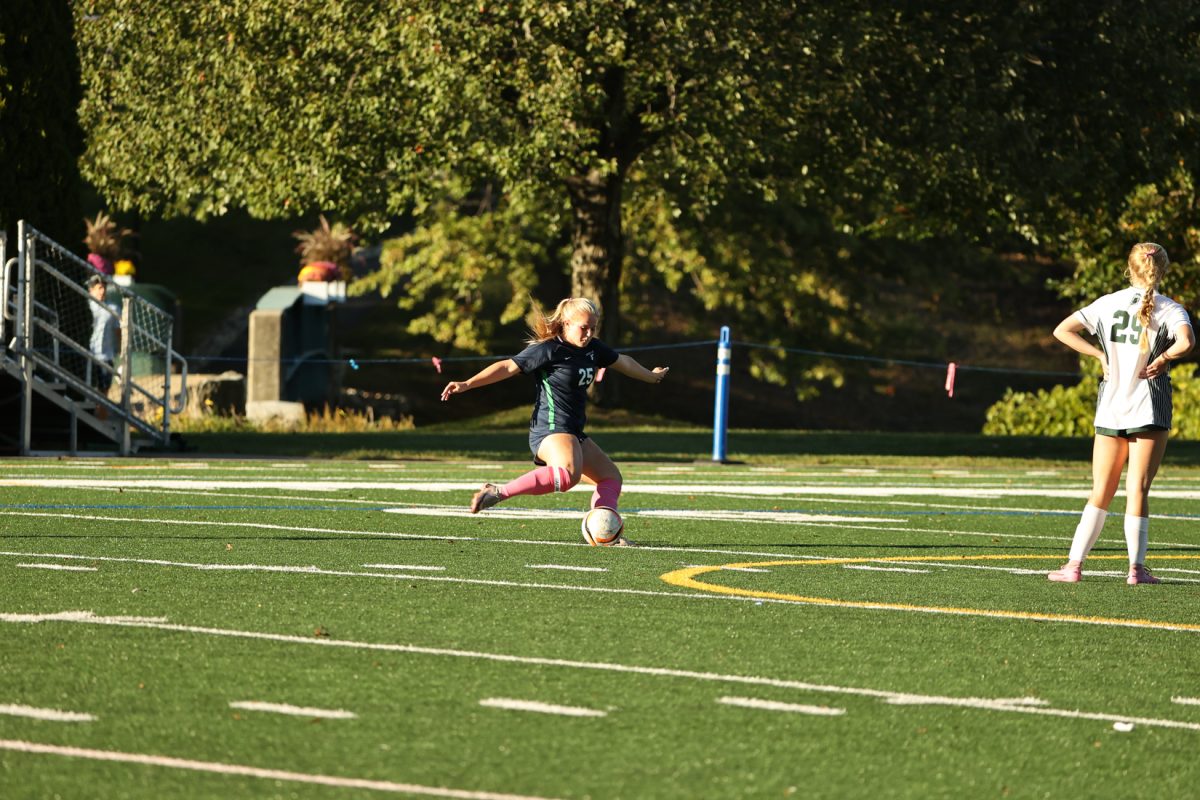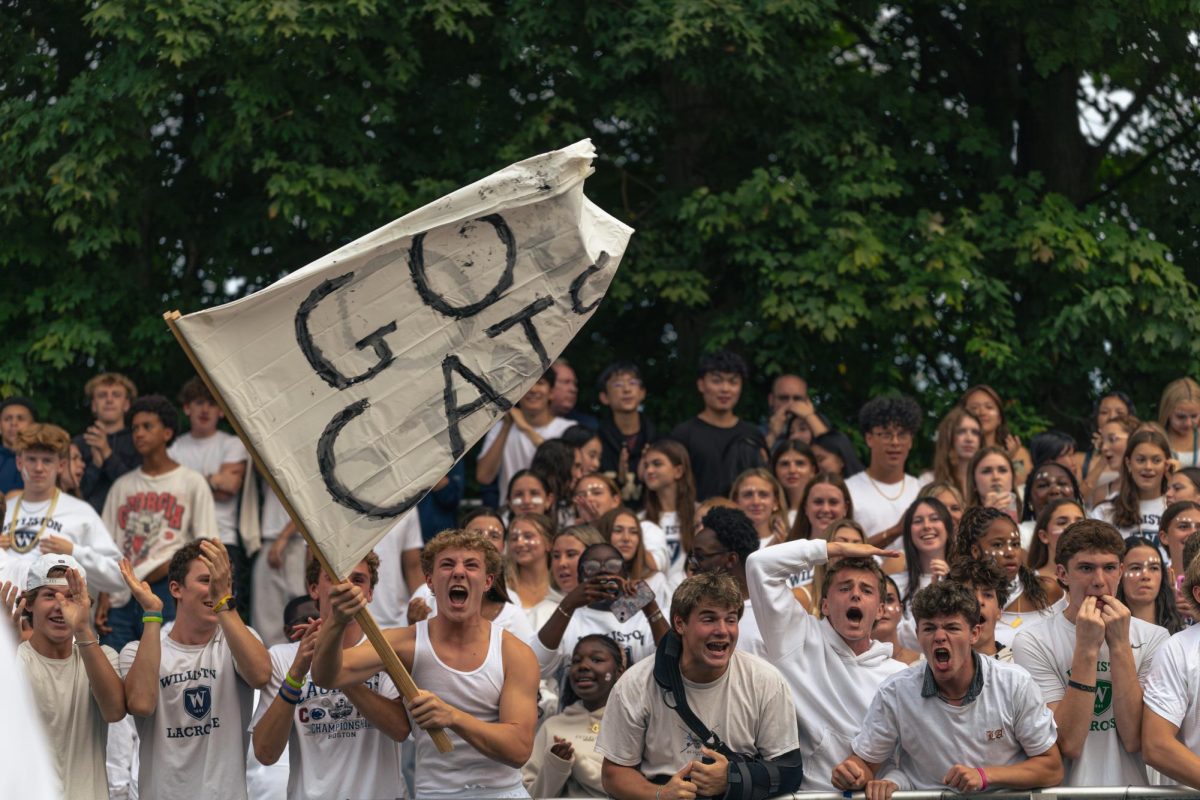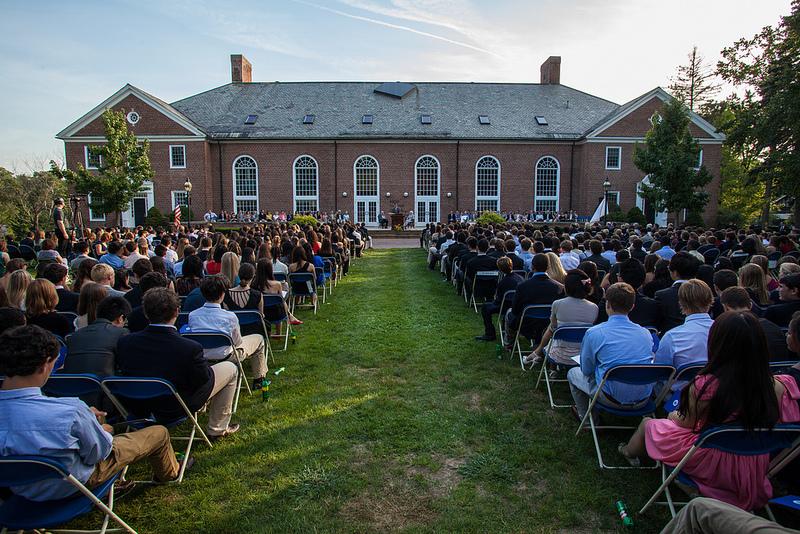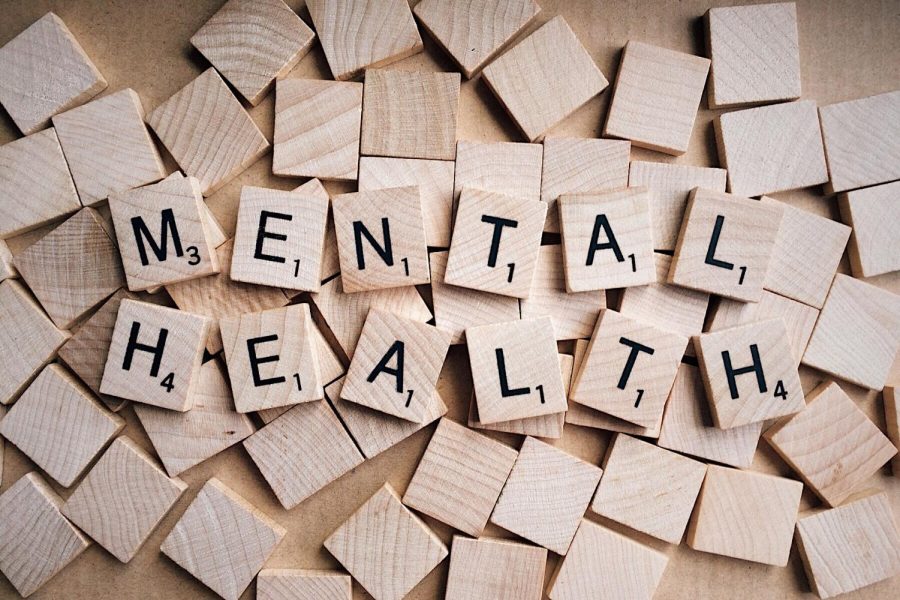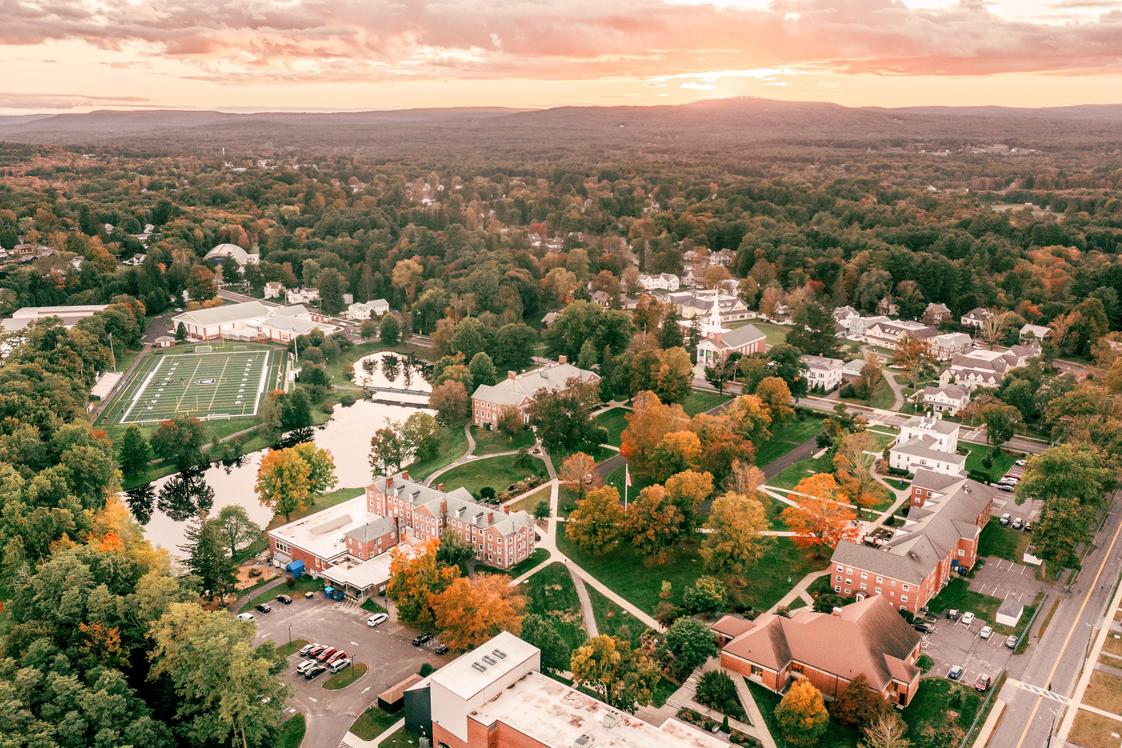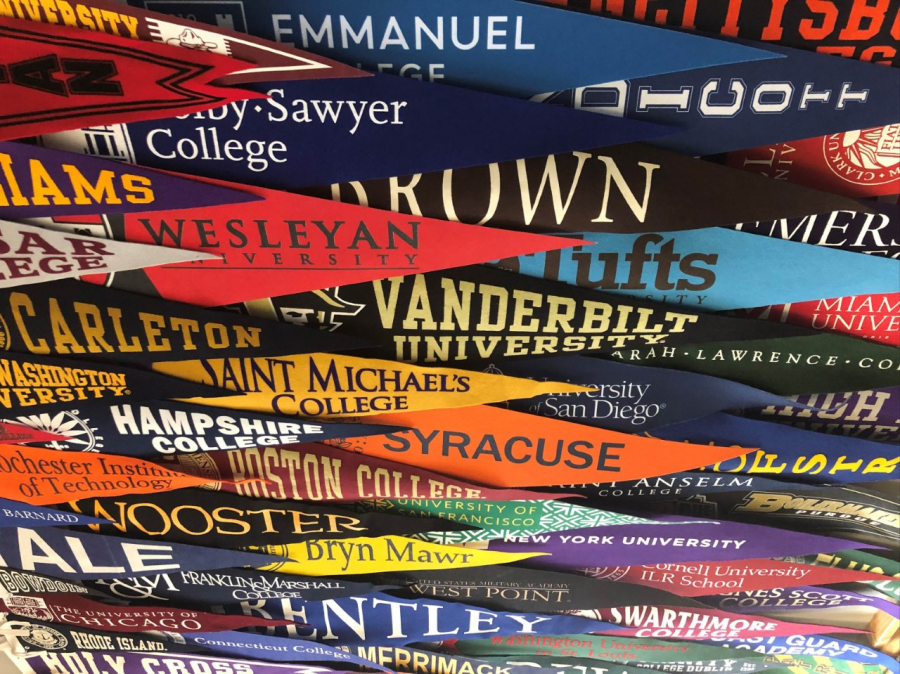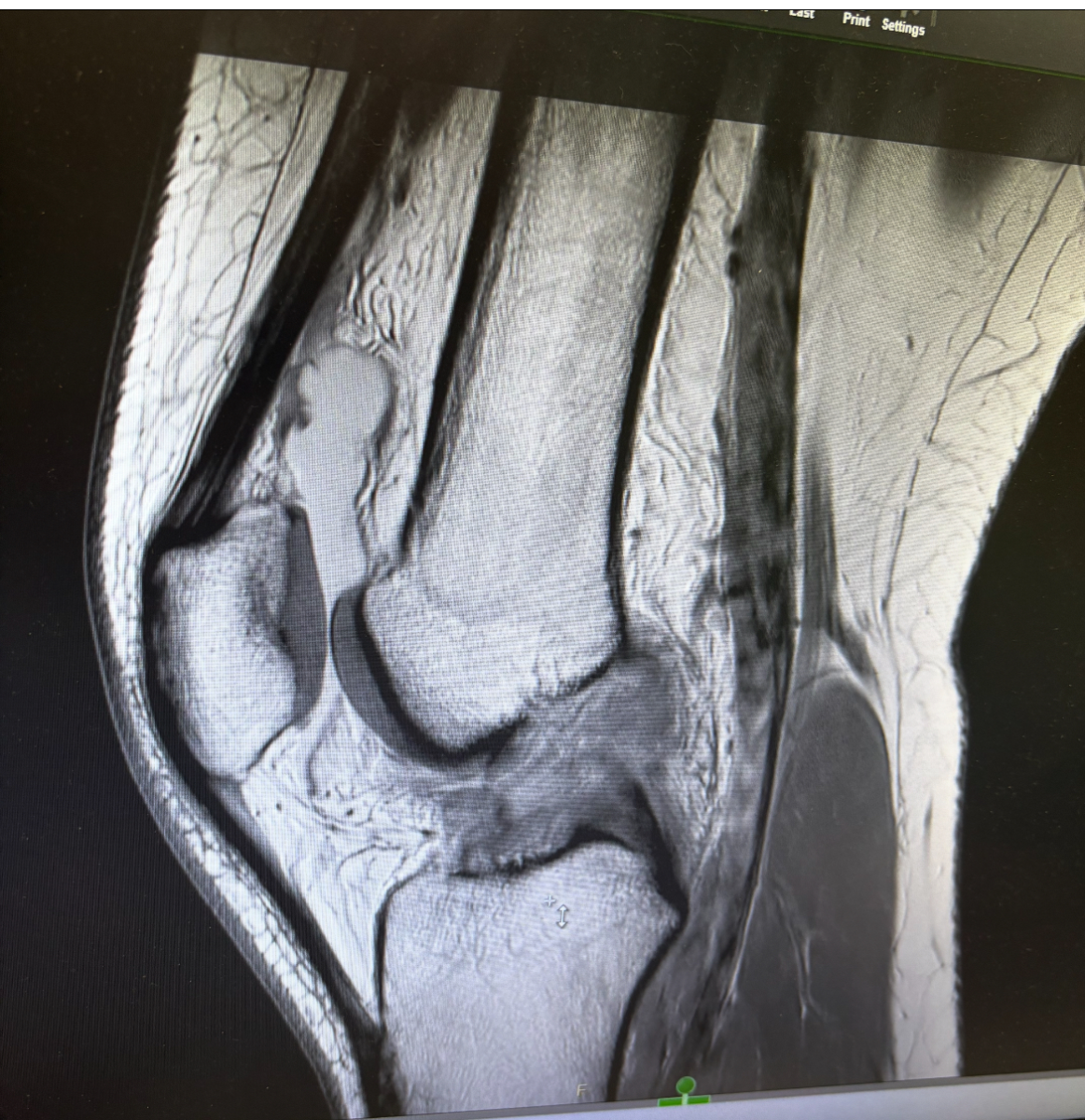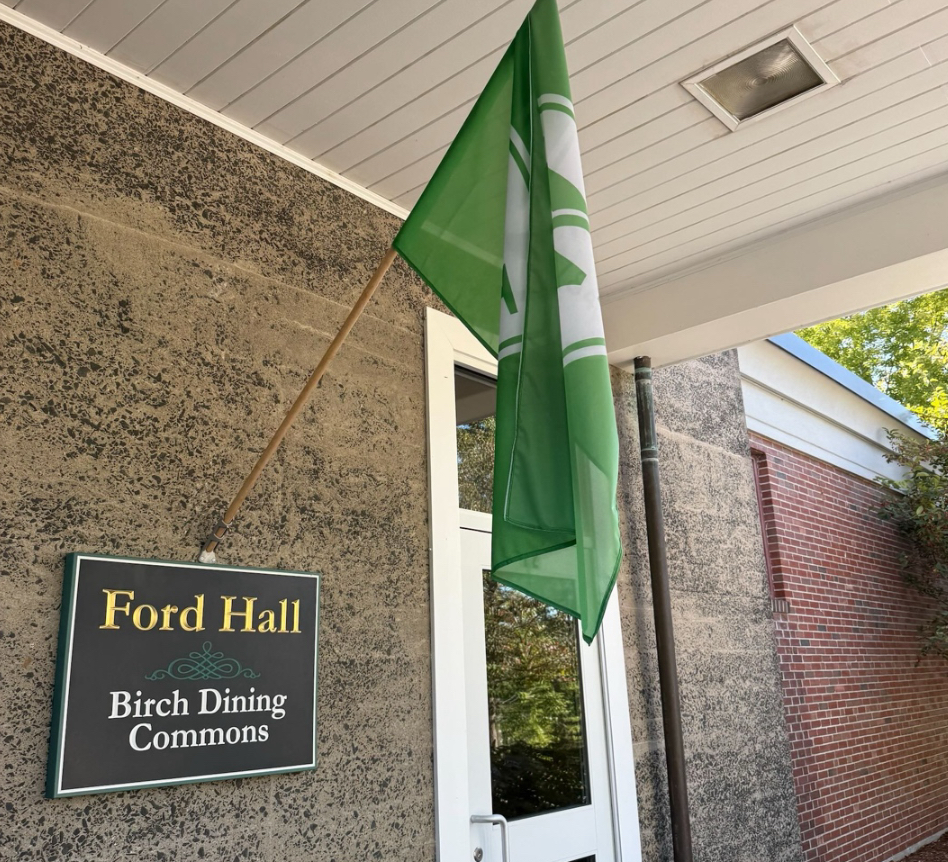In an educational environment that can seem more and more focused on the STEM fields, is there still a place for the arts?
Around the world, the debate surrounding the role of the arts—whether painting, music, or drama—remains alive, as different schools grapples with balancing academics, athletics, and the creative pursuits that shape a well-rounded student.
Though creativity remains essential to education today, the balance between arts and STEM fields is increasingly weighted toward the latter. While 88% of Americans still believe arts education is crucial for a well-rounded education, funding and access for the arts have continued to decline, especially in under-resourced schools.
The American Academy of Arts & Sciences reported in its “Art for Life’s Sake” initiative that support for arts education is not meeting the needs of many students. This gap results in fewer opportunities for creativity-based skills, which studies show can improve social-emotional learning, engagement, and even critical thinking.
Meanwhile, STEM education continues to grow in prominence, as schools seek to prepare students for careers in a tech-driven economy. Many districts have boosted STEM funding, expanded curricula, and increased recruitment for STEM educators. Demand for STEM teachers, particularly in fields like engineering and coding, underscores the push for these skills in educational programs.
This focus has also led to more programs integrating technology like 3D printing and coding into classrooms to create “hands-on” experiences for students in practical, high-demand skills.
Despite this, schools like Williston are committed to preserving a balance between fostering creativity and excelling in STEM. In fact, the school is taking steps to ensure that the arts remain a vibrant part of the student experience.
One key initiative is the Grum Project, a visiting artist program designed to bring professional artists from various fields into the Williston community. These mini-residencies give students the chance to engage directly with working artists, learning about their processes and receiving professional insights into how the arts can be pursued as a career. The recent visit of painter Matt Klos highlights how these interactions inspire students to see art not just as a hobby, but as a serious, professional pursuit.
Klos, known for his intricate still-life and interior scenes, challenged students to explore the subtleties of light, space, and perspective in their own work. Klos’s visit was especially impactful because, like many of the students, he didn’t start his artistic journey until later in life.
“Matt’s story shows students that it’s never too late to discover a passion for art, or even consider it as a future career,” explained Wendy Staples, Williston’s Visual and Performing Arts teacher and Klos’s cousin. “Matt took his first art class in high school, which is the same age as many of our students. His story reinforces the idea that art is accessible to everyone, and pursuing it professionally is a valid path.”
Staples, who has long been inspired by Klos’s approach to art, emphasizes the practical value of such visits.
“Having someone like Matt come in and show students how to pursue art professionally is invaluable,” she said. “It helps them see that the skills they are developing are not just for the classroom—they can be applied to a career.” She adds that Klos’s visit allowed students to experience a working artist’s perspective, which challenges them to think critically about the role of art in everyday life.
While Williston has made efforts to integrate the arts into the broader curriculum, challenges remain in ensuring the arts receive the necessary resources and attention they deserve. The pressure on students to excel academically and athletically, especially in preparation for college admissions, often leads to arts education being relegated to the background.
“Our schedules and course loads can make it difficult for students to fully engage with the arts,” says Staples. “In a perfect world, students could take as many art classes as they wanted, but the reality is that the school year is packed with required courses, extracurriculars, and athletic commitments. Art often gets pushed to the side.”
This sentiment is echoed by some students who feel that the arts don’t receive the same level of recognition as STEM subjects or sports. One sophomore boarder noted, “At Williston, arts education often feels overshadowed by academics and sports, as though it’s more of an extra rather than an essential part of student life. While the school offers arts programs, the emphasis seems to be on STEM and competitive sports, which are seen as more prestigious or career-oriented.”
While the school faces these challenges, it continues to prioritize creative pursuits through a variety of programs, including theater productions and dance concerts. The upcoming Fall 2024 theater production “All in the Timing: Six One-Act Plays by David Ives,” and the dance concert, “Making History,” provide students with opportunities to perform and express themselves outside the classroom. These events give students a chance to develop new skills, collaborate with their peers, and experience the arts in a way that connects directly to their academic and personal growth.
In addition to these extracurricular opportunities, Staples has witnessed firsthand how art classes can affect students’ well-being.
“I’ve seen significant improvements in students’ mental health and behavior when they are actively involved in art,” she shared. “Creating art helps exercise the left side of the brain, which controls emotional expression, creativity, and spatial reasoning. These are qualities that aren’t always developed in more academic subjects that rely more on the right side of the brain.”
Art provides a necessary outlet for students to process their thoughts and emotions, which is crucial in a high-pressure environment.
“Art gives students the time and space to think through their feelings and explore new ideas. It encourages them to experiment, which builds problem-solving skills and resilience. It’s a chance to be in their own head, to reflect and express themselves without judgment,” Staples explained.
The benefits of art extend beyond emotional well-being. Research has shown that students who engage in the arts tend to perform better academically, as the creative skills they develop help them approach problems from new angles.
“Art creates a balance for students. It helps them think critically and enhances their ability to approach challenges creatively, whether it’s in math, science, or writing,” Staples said. “The skills learned through art—like attention to detail, creative problem solving, and self-expression—are essential in every discipline, including STEM.”
While the growing emphasis on STEM education is undeniable, it is clear that the arts are just as essential to a student’s development. At Williston, programs like the Grum Project, visiting artists, and theater, music, and dance performances continue to demonstrate the school’s commitment to keeping the arts alive within the broader curriculum. As college admissions become more competitive and academic pressures rise, it’s crucial that the school community continues to advocate for the arts as an integral part of the student experience.
“In a world that is becoming increasingly technical, the arts provide something that STEM alone cannot: creativity, emotional resilience, and cultural awareness,” Staples said. “These skills are not just valuable for a future career; they are essential for a fulfilling life. It’s important that we continue to create space for the arts in our curriculum, to ensure that students leave here not only prepared for the future, but capable of thinking critically, expressing themselves, and navigating the complexities of the world.”



